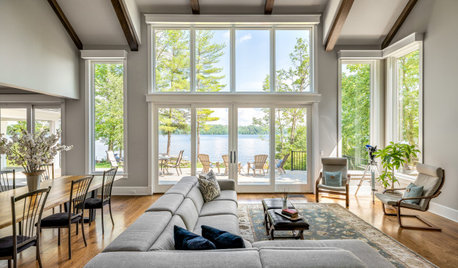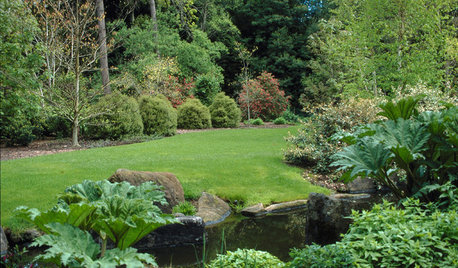Help with unhappy maple
supermax
17 years ago
Related Stories

COLORPaint-Picking Help and Secrets From a Color Expert
Advice for wall and trim colors, what to always do before committing and the one paint feature you should completely ignore
Full Story
WINTER GARDENINGHow to Help Your Trees Weather a Storm
Seeing trees safely through winter storms means choosing the right species, siting them carefully and paying attention during the tempests
Full Story
EXTERIORSHelp! What Color Should I Paint My House Exterior?
Real homeowners get real help in choosing paint palettes. Bonus: 3 tips for everyone on picking exterior colors
Full Story
MOST POPULAR7 Ways to Design Your Kitchen to Help You Lose Weight
In his new book, Slim by Design, eating-behavior expert Brian Wansink shows us how to get our kitchens working better
Full Story
KITCHEN DESIGNKey Measurements to Help You Design Your Kitchen
Get the ideal kitchen setup by understanding spatial relationships, building dimensions and work zones
Full Story
DECORATING GUIDESCould a Mission Statement Help Your House?
Identify your home’s purpose and style to make everything from choosing paint colors to buying a new home easier
Full Story
SELLING YOUR HOUSEHelp for Selling Your Home Faster — and Maybe for More
Prep your home properly before you put it on the market. Learn what tasks are worth the money and the best pros for the jobs
Full Story
LIFE12 House-Hunting Tips to Help You Make the Right Choice
Stay organized and focused on your quest for a new home, to make the search easier and avoid surprises later
Full Story
GARDENING GUIDES8 Unthirsty Plants Help You Save Water in Style
Spend less effort and money on your landscape with drought-tolerant and native plants that liven up your yard
Full Story
GARDENING GUIDESYou Don't Need Prairie to Help Pollinators
Woodlands, marshes, deserts — pollinators are everywhere
Full StoryMore Discussions






gardengal48 (PNW Z8/9)
lucygreenthumb
Related Professionals
Wheeling Landscape Architects & Landscape Designers · Newcastle Landscape Architects & Landscape Designers · Paradise Landscape Architects & Landscape Designers · Allentown Landscape Contractors · Dudley Landscape Contractors · East Patchogue Landscape Contractors · Fort Myers Landscape Contractors · Madera Landscape Contractors · Manhattan Landscape Contractors · Middletown Landscape Contractors · Paterson Landscape Contractors · Vadnais Heights Landscape Contractors · Crowley Fence Contractors · The Villages Fence Contractors · Duarte Fence Contractorsmattlwfowler
supermaxOriginal Author
Embothrium
acernut